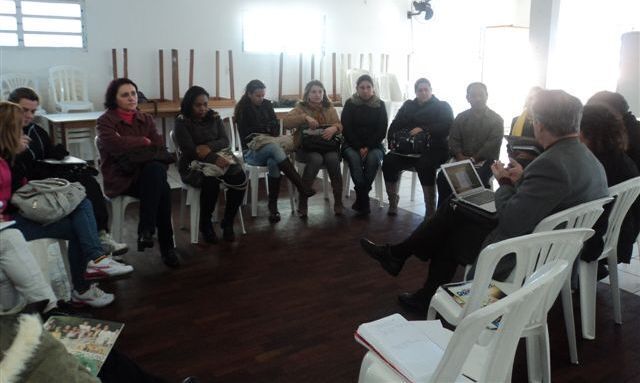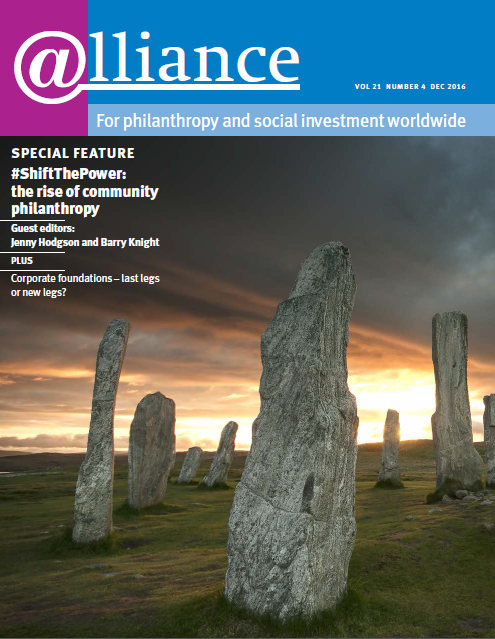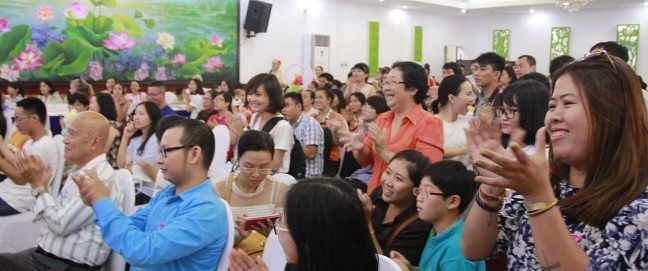The Community Foundation for Greater Florianopolis (ICOM) operates in Southern Brazil in a region of deep inequalities. Over the 10 years since its establishment, ICOM has gradually moved its source of funding away from international and national grants to local support. However, there is a lot to do before the organization is able to operate solely with local donors.

People taking part in ICOM’s Vital Signs Report, looking at children and adolescents in Palhoça, Brazil.
During this process, the team has studied trends in giving and identified two groups of donors: a) younger donors, interested in short-term and creative initiatives, and using technology to facilitate communication and transparency; and b) an older and more financially stable generation, who prefers to be anonymous, is less subject to peer pressure and is emotionally driven by a cause.
But whatever their differences, both generations have not been easily convinced to give to non-profits, even where these are addressing a cause they are passionate about. The mind-set is that the government is ultimately responsible for tackling social and environmental issues, while non-profits have a supporting role limited to the provision of services.
The challenge for ICOM, therefore, has been to get donors to understand the complexity of the issues the community faces and show the co-responsibility of a variety of players when it comes to work for the public interest and to show that non-profits can be channels through which they can actively contribute to improving public policies and engaging in structural changes.
In order to do this, ICOM uses trustworthy data and communicates with each generation of donors through appropriate channels (social media, reports, face-to-face meetings). The data is produced in conjunction with universities, grassroots non-profits, government and specialists, and shows the complexity of the causes, the co-responsibility of all players in the community and draws attention to collaborative solutions.
The community foundation helps to identify players that could contribute to those solutions and supports non-profits to be better managed, more transparent and thus better prepared to show their value. Gradually, local donors are recognizing the importance of ICOM, are supporting its work as a bridging organization, and are seeing the impact of giving in their neighbourhood.
Anderson Giovani da Silva is board member and former CEO of ICOM. Email andersongs@icomfloripa.org.br
This article is a case study from Danny Sriskandarajah‘s article on resourcing community philanthropy.







Comments (0)